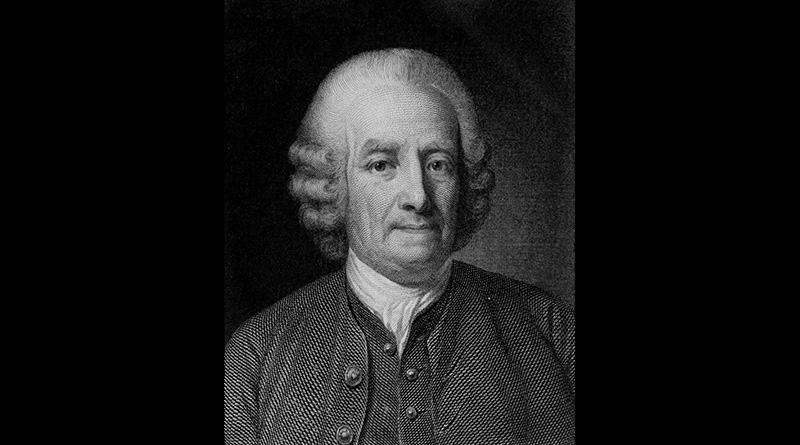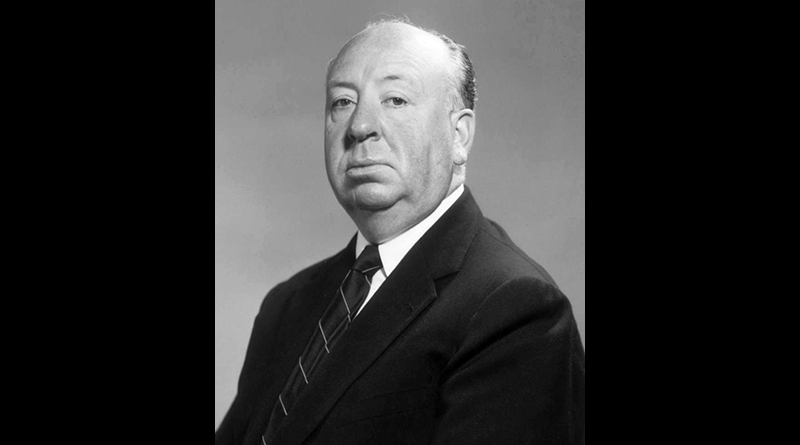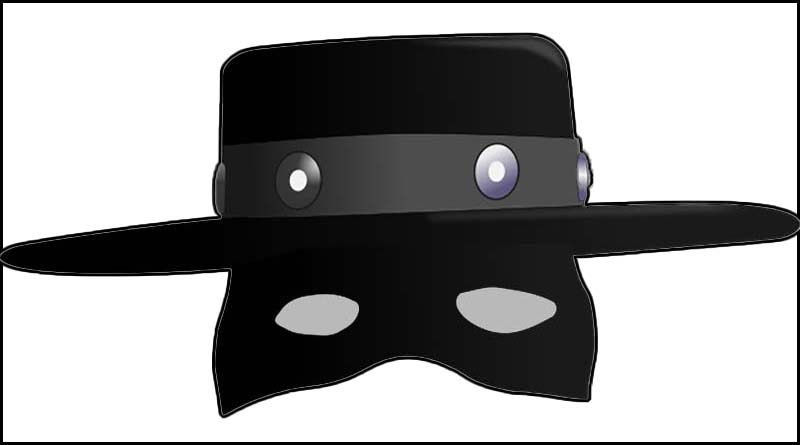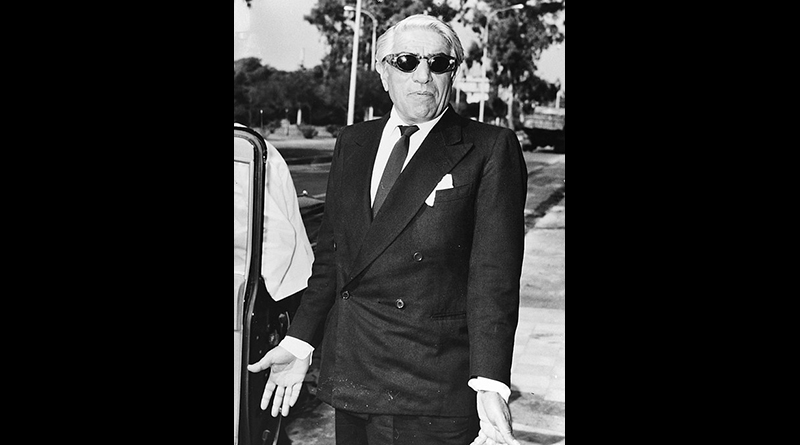Born in 1688, Emanuel Swedenborg began his career by mastering all the sciences of his day. Still judged by many to have possessed more factual information than any other person in history, he wrote 150 scientific works in chemistry, physics, mineralogy, geology, paleontology, anatomy, physiology, astronomy, optics and so forth. These contained many original discoveries: he described the function of the ductless glands and the cerebellum; he originated the nebular hypothesis of the solar system; he suggested the particle structure of magnets. As an engineer, he built the world’s largest dry dock. As an inventor, he designed the first submarine, machine gun and pianola. As a mathematician, he compiled texts on algebra and calculus. He was also a musician, a watchmaker, a mechanic and an engraver; he was fluent in nine languages, and wrote his texts in Latin.
It was only when Swedenborg — like Alexander the Great — ran out of familiar territory to conquer that he turned his laser mind to inner space.
According to Swedenborg, we humans are in direct contact with heaven and hell at all times through our minds, which reflect them as microcosm to macrocosm. Though usually unaware, each of us has two angels to guide us and two demons to distract us, with their characters complementing our own. Swedenborg claimed his knowledge came not from contemplation but from experience: guided by angels, he had rehearsed his own death several times.
While trafficking among spirits, Swedenborg lived a modest and scholarly life, making little show of his rumored occult powers. Though enemies attempted to have his work banned and him declared insane, he continued to enjoy robust good health, beset only by an occasional toothache, which he attributed to demons. Yet even here Swedenborg seemed able to command heavenly compensation: late in life, he grew a whole new set of teeth!
Swedenborg’s first public demonstration of his formidable powers occurred on July 17, 1759, during a party at the home of prominent Goteborg merchant William Castel. At six o’clock, Swedenborg grew pale and disturbed because [he said] a terrible fire was raging in Stockholm, three hundred miles away. Pacing in and out of the house, he described the fire in detail — where and when it had started, how it was now burning. Already he lamented, the home of a friend, whom he named, had been reduced to ashes, and his own was threatened.
At eight o’clock, after Swedenborg had gone outside once more, he joyfully announced: “God be praised, the fire is extinguished, the third door from my house!”
Two days later, messengers from Stockholm confirmed every detail of Swedenborg’s off-the-cuff reportage, attested by many witnesses….
Swedenborg claimed he could talk to any spirit he chose. In a well-documented story. Queen Louisa Ulrica of Sweden gave Swedenborg a private message with the light-hearted instruction: “If you should see my brother, remember me to him.” When next at court, Swedenborg whispered a response into the queen’s ear. Visibly shaken, she retired with the exclamation: “Only God and my brother can know what he has just told me!”
In another incident, also occurring in 1761, the Countess de Marteville consulted Swedenborg, greatly distressed because a silversmith was demanding payment for a bill she was sure her recently deceased husband had settled. Could Swedenborg contact her husband’s spirit and ask after the receipt? Three days later, Swedenborg reported that it was in a certain upstairs bureau. When the countess protested that she had searched that bureau, Swedenborg described a hidden compartment behind one of the drawers. According to testimony from eleven sources, the countess recovered the receipt as Swedenborg indicated.
Emanuel Swedenborg went into trance through fierce concentration that caused his breathing to all but cease. Like [Edgar] Cayce, his signal to proceed was an intense inner light, which to him appeared as a flame. Unlike Cayce, who never remembered what happened while he was comatose, Swedenborg claimed to have mastered the art of traveling at will between the spirit realm and this one while retaining full consciousness. He also seemed able to travel out-of-body to any earthly location, and to bring back verifying information.
In February 1772, reformer John Wesley was surprised to receive a note from Swedenborg stating that the spirits had instructed him that Wesley wished a consultation. As Wesley later testified, indeed he did, but he had told no one. When Wesley suggested an engagement six months hence, Swedenborg replied that that date would not be convenient, since he himself would be dying on the twenty-ninth of the next month. He did — at age eighty-four, of a stroke…. — Sylvia Fraser, from her book The Quest for the Fourth Monkey (read for free)






